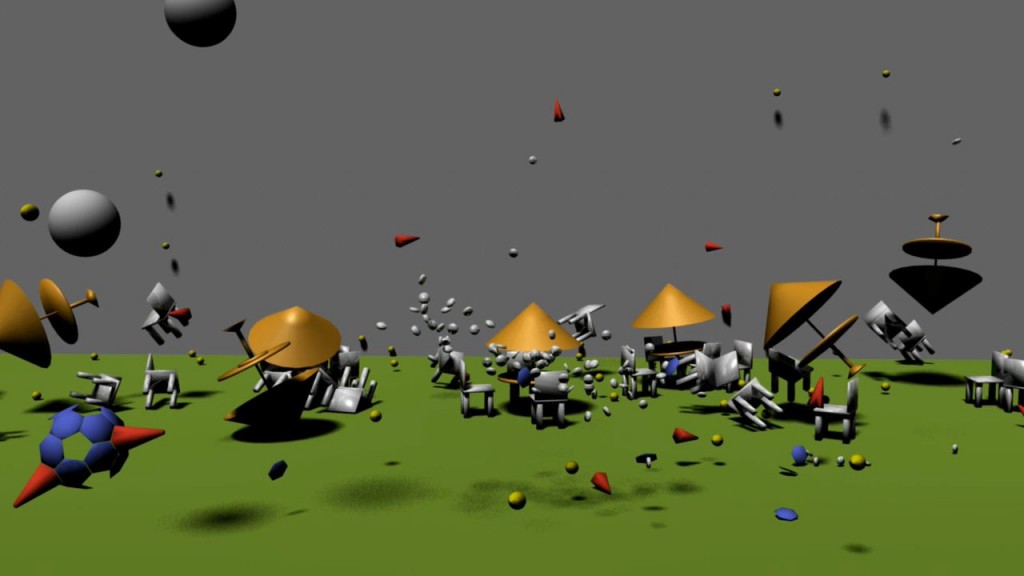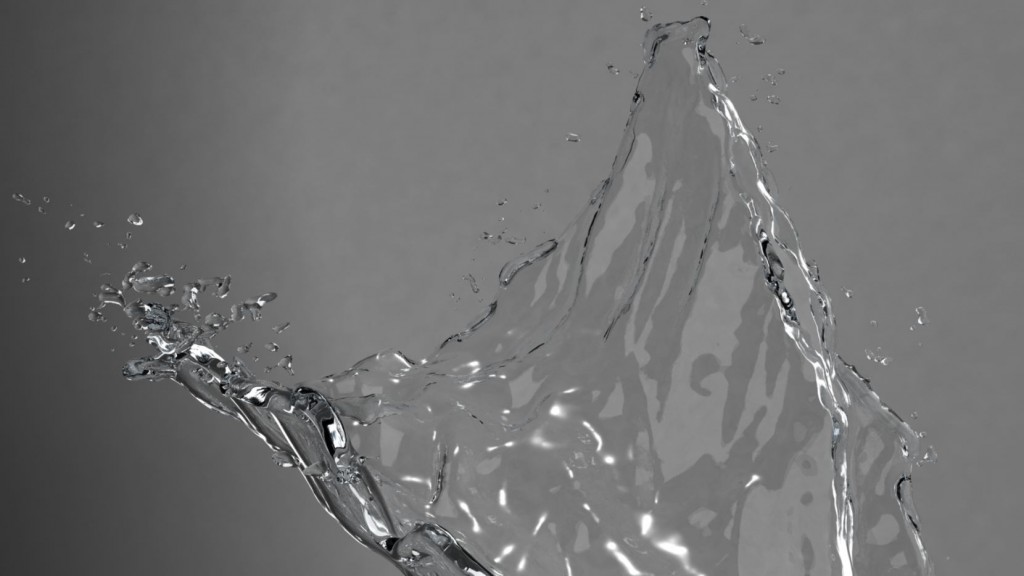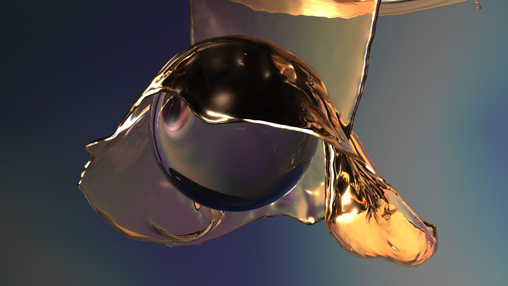In honor of Epic Mickey’s launch today on Nintendo Wii, we’re celebrating our epic journey in creating the fluid simulations for Mickey’s initial debut at E3 2010, here’s a bit of insight into the project….
For the awe-inspiring teaser that launched the eagerly anticipated Epic Mickey game at E3 2010, the Ant Farm and Disney Animation Studios relied on the boundless creativity and expertise of Zoic Studios. As Mickey, the gamer is propelled into an alternate world, “Wasteland” – a dark & brooding place where Disney’s misfit characters have been abandoned. Wielding paint and paint thinner, Mickey dynamically changes this world while forging his path to becoming an epic hero. So the teaser for such a fantastical journey would have to heighten a sense of intrigue and anticipation in the gaming audience – a daunting task.

Inspired by Japanese artist, Shinichi Murayama, who builds mid-air fluid sculptures with high-speed photography, Zoic developed the idea of creating deep, saturated throws of cg paint as “mirrors,” reflecting distorted images of the game. Disney wanted something that would surprise its audience and be “bold, beautiful, and just a little bit brooding.”
When you throw real paint into the air, it performs magically. It stretches and twists into graceful forms, pulling effortlessly into impossibly thin sheets. Thickened edges then form at the margins of the sheets and off those edges, thin, delicate tendrils stretch lazily into the distance, pulling apart into lovely strings of tiny droplets… ZZZZZZZZZPPP! In the CG world, if you throw fluid into space it does none of these things. Instead, it immediately rips apart into unsightly ‘webbing’ that pretty quickly shatters into a cloud of droplets. No sheet, no lip, no tendrils. Now what?
Zoic turned to us to create realistic, elegant cg paint throws that could be sculpted and art-directed as they soared through space. We often hook up with other vfx studios when challenging fluids work is needed. It was a perfect blend of creativity, technical know-how, artistry and team work.
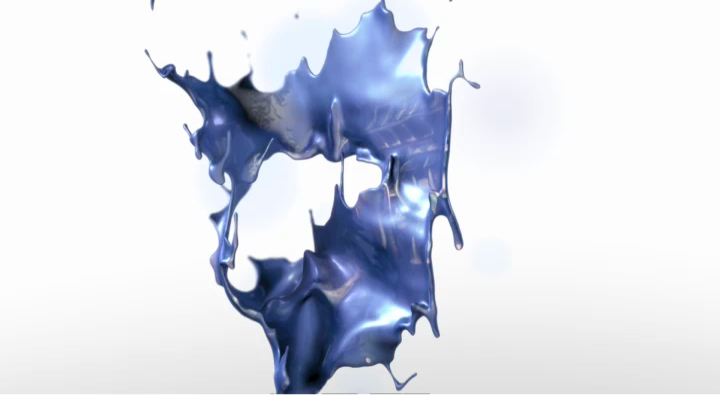
We were able to make the cg paint form 1-particle-thin sheets using our “smorganic” plugin for RealFlow. “Smorganic” fills in the gaps in the fluid during the simulation process and maintains the flow at 1-particle thick.(http://lavalamp.fusioncis.com/2010/11/fantasmic-smorganic ). We used another technology we developed to detect the flow edge and push in sections to form the thickened lip, and yet another technology to pull small bits of the flow edge out into tendrils and eventually break them apart into droplets. With this set of tools, we’re able to keep mid-air flows impossibly thin for indefinite periods of time, make flow edges as thick as desired, and add in as many tendrils of whatever length and lifetime as needed.
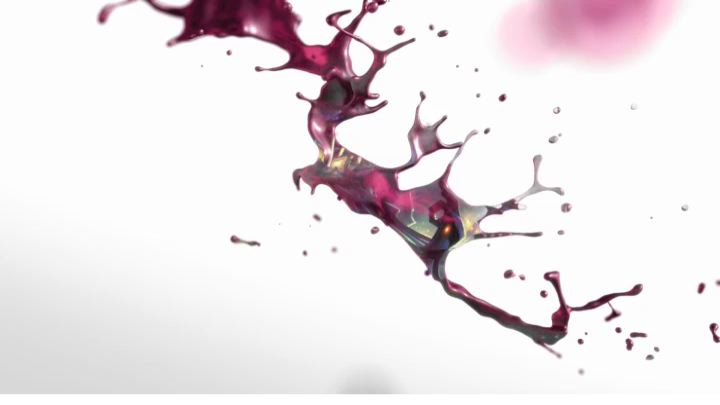
Working closely and interactively with Zoic, we experimented in virtual space with hundreds of extremely high resolution, slow motion CG splashes to find just the right forms and motions to tell Mickey’s story – a story that unfolded against the backdrop of some of our most advanced cg fluids work to date.
Zoic also needed to include speed ramps in order to get our “moments of suspension.” That meant that each splash had to be simmed out to 600-800 frames of animation and delivered to Zoic as high res meshes (resulting in more than 4 Tb of data).
The length and speed of the sims made it all the more important that our tools were working extremely efficiently, we had to create an abundance of fluid elements to give the creative director, Derich Witliff, a lot to choose from as he built the spot. Each element ran for hundreds of frames and had to look good the whole time, and to be completely stable. Although the flows would be sped up to move quickly at times, for long periods they had to move achingly slowly, close to camera, across the frame — there’s no hiding behind motion blur or fast camera moves in a spot like this. Your CG fluids have to be perfect. You decide.
